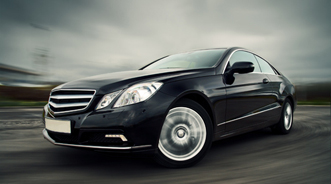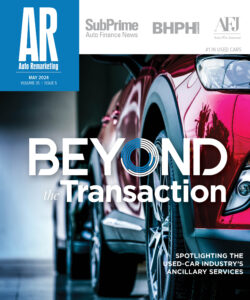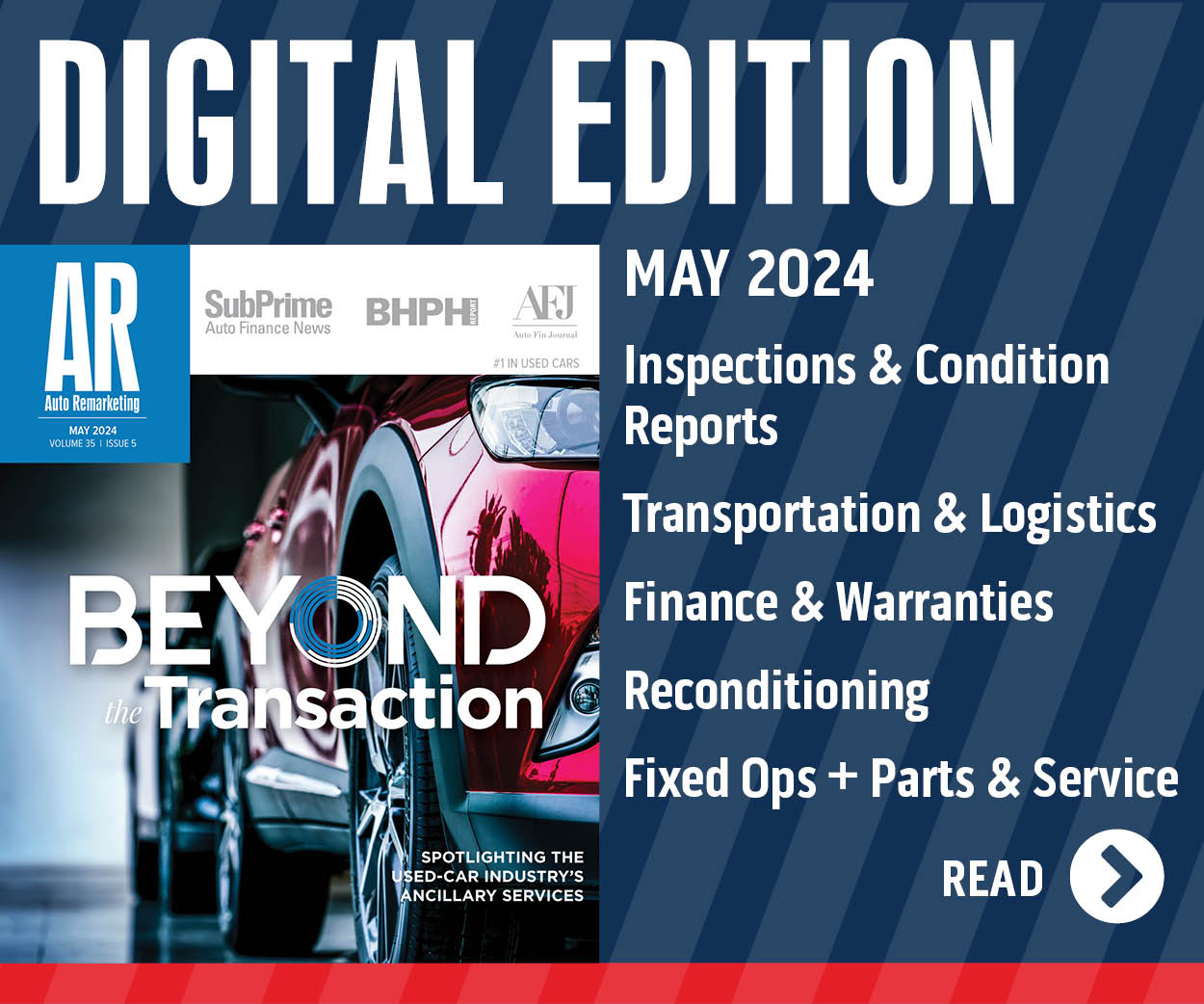December Data Shows Luxury Models Losing Market Traction

Activity at Swapalease.com and findings from a recent GfK Automotive study showed that the appeal of luxury models isn’t carrying the same weight as it did in the past.
Where are consumers migrating if they’re not leasing a luxury model? At Swaplease this month, they’re moving toward assumptions of smaller and eco-friendly vehicles.
These website activity percentages represent pattern of change for specific vehicles from December of last year to December of this year. Officials said there are fewer lease assumptions for luxury models this December compared with last year.
Acura MDX: Down 57 percent
Acura TL: Down 57 percent
Audi A4: Down 54 percent
Audi A6: Down 14 percent
BMW 3 Series: Down 34 percent
BMW 5 Series: Down 33 percent
BMW X5: Down 35 percent
Cadillac CTS: Down 60 percent
Lexus ES 350: Down 52 percent
Chevy Cruze: Up 157 percent
Chevy Volt: Up 132 percent
Chrysler 300: Up 20 percent
Fiat 500: Up 1100 percent
Ford Focus: Up 10 percent
Kia Optima: Up 125 percent
Toyota Camry Hybrid: Up 43 percent
Toyota Prius: Up 350 percent
“The data is significant because leasing generally skews higher for luxury models, and December has traditionally been a good month for luxury vehicle shopping activity,” said Scot Hall, executive vice president of Swapalease.com.
“Looking at the larger picture, we aren’t terribly surprised because of all the emphasis that’s been placed on smaller cars with better fuel economy and additional features,” Hall continued.
Meanwhile, GfK Automotive backed up the trends seen at Swapalease.
Analysts pointed out that high-end automakers have long relied on “near-entry” models to upsell standard vehicle buyers into the luxury category. But their new data from team shows that more than three quarters (78 percent) of those considering a near-entry luxury models are also looking at non-luxury models. That group includes upper middle sedans (36 percent), small cars (23 percent), and lower middle sedans (19 percent).
In addition, the study indicated that loyalty to the near-entry luxury category is dropping. Only 38 percent of those who own a unit in the category are planning to buy another near-entry luxury vehicle, compared to 43 percent in 2007.
Meanwhile, analysts discovered the rate of switching to a non-luxury model has grown — 37 percent this year versus 29 percent in 2007.
GfK Automotive data found that the near-entry luxury category accounts for just 4 percent of industry sales, while the upper middle, small car, and lower middle segments combine for 46 percent of all sales.
“Adding sexier looks to better perceived value for the money and fuel economy has been a winning combination for non-luxury cars,” said Jeff Campana, senior vice president of GfK Automotive.
“It’s clear that a significant number of auto shoppers who start out looking at near-entry luxury cars wind up buying in the non-luxury category — with economic uncertainty and high gas prices likely playing a role,” Campana continued.
He went on to mention that more than one third (36 percent) of near-entry luxury intenders are drawn from non-luxury replacers. But while these intenders convert at a rate below 100 percent, the lower middle sedan category grows by about 150 percent between intention and purchase. Just 7.1 percent of vehicle intenders are in the lower middle category while 17.5 percent of sales come in that category.

 View The Latest Edition
View The Latest Edition

